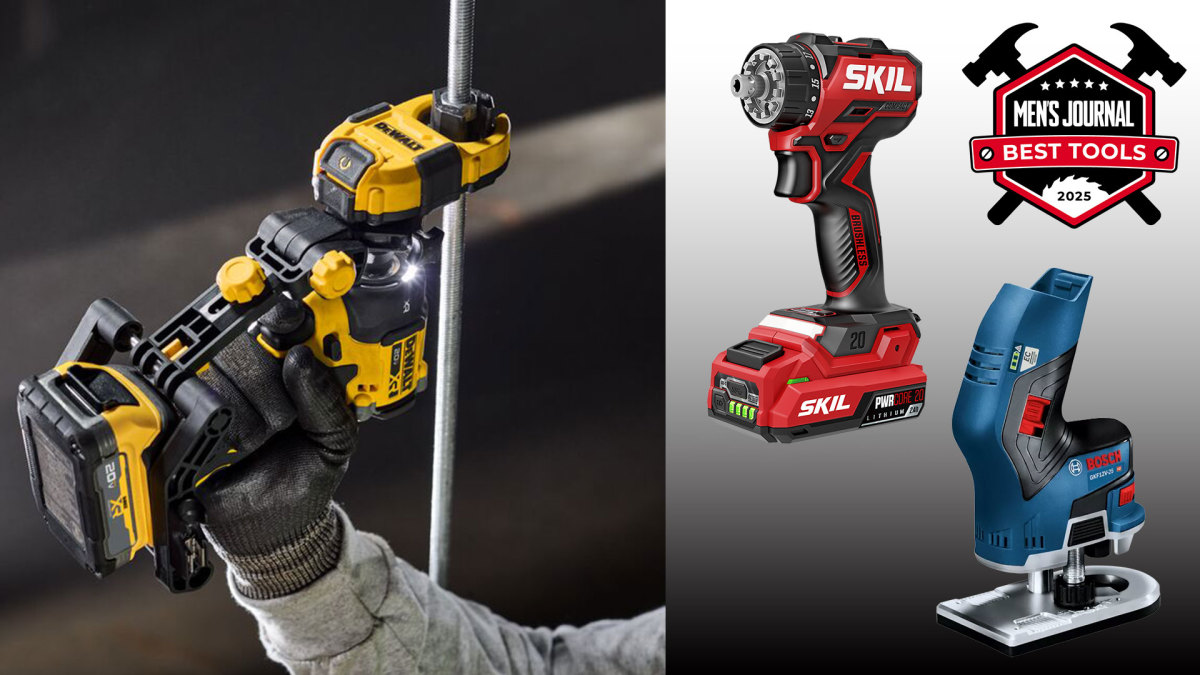Are you looking to add a burst of color to your favorite coloring pages? Picking out the right tools for your creative pursuits can feel like a bit of a puzzle, can't it? When it comes to coloring books, especially those with intricate designs, the markers you choose make a real difference in how your artwork turns out, so it's almost.
Many people, myself included, really enjoy the calm and focus that coloring provides. It’s a wonderful way to relax and let your imagination flow, and for this, having the right supplies really helps. Just like choosing the best tool for any job, picking the best coloring markers for coloring books means thinking about what you want to achieve with your artwork, you know.
We’re going to explore what makes a marker truly shine for coloring books, helping you make a choice that feels just right for your artistic endeavors. We will look at different kinds and what they offer, because the word "best" here really relates to what suits your particular needs and the purpose you have in mind, as a matter of fact.
Table of Contents
- Understanding Your Coloring Needs
- Types of Coloring Markers for Coloring Books
- Features That Make a Marker Great for Coloring
- Top Picks for Coloring Markers
- Getting the Most From Your Markers
- Frequently Asked Questions About Coloring Markers
- Making Your Best Choice
Understanding Your Coloring Needs
Before picking up any set, consider what kind of coloring books you use, so. Some books have thinner paper, while others offer thicker pages that can handle more ink. Knowing your paper type is a big step in finding markers that won't bleed through or damage your pages. It's about finding the best fit for your specific project, you see.
Different coloring books are made with different paper qualities, which means some papers are more accepting of certain marker types than others. A marker that works well on one kind of paper might not be the best choice for another, which is quite important, actually. It's like choosing the right kind of container; plastic, wood, or metal, each serves a different purpose well.
Think about your coloring style, too. Do you like filling in large areas with solid color, or do you prefer detailed work that needs a fine point? Your approach to coloring will guide you toward markers with the right kind of tips and ink flow, you know. The best marker for one person might not be the best for another, depending on how they like to color.
Are you someone who likes to shade and create smooth transitions between colors? Or do you enjoy bold outlines and crisp, separate color blocks? Your preference for these artistic effects will greatly influence which type of marker will give you the most satisfaction, you know. The best choice for this purpose often comes down to your personal artistic goals, basically.
Consider the environment where you color, too. Do you prefer markers with little to no smell, or is a stronger scent not an issue for you? Some markers have more noticeable odors than others, which can be a factor for some users, so. Thinking about these small details can help you find the set that’s truly the best for your coloring sessions, apparently.
Types of Coloring Markers for Coloring Books
There are a few main kinds of markers that people often use for coloring books, and each has its own set of characteristics. Understanding these differences helps you decide which kind will give you the results you want, you know. It’s a bit like choosing the best tool for a particular craft.
Each type of marker offers something unique to the coloring experience. Some are known for their ability to blend, while others are prized for their precision or the special effects they create, so. We will look at what makes each kind stand out, helping you determine which one the best is for your needs, you know.
Alcohol-Based Markers
These markers are known for their ability to blend colors together seamlessly, which is a great feature for creating smooth transitions and shading. They dry very quickly, which helps prevent smudging as you work, so. Many artists find them excellent for layering colors to build depth in their pictures, too it's almost.
The quick-drying nature of alcohol ink means you can apply multiple layers of color without waiting a long time, allowing for complex shading and color mixing. This characteristic makes them a favorite for those who want to achieve a more professional, art-like finish in their coloring books, you know. For blending, many consider these to be the best ever.
However, alcohol markers can bleed through thinner paper, especially in standard coloring books. This means you might need to place a protective sheet behind your page or use coloring books specifically designed for these markers. When you think about what was the best choice for this purpose, considering paper thickness is key here, apparently.
They also tend to have a stronger smell than water-based options, which some people might find noticeable. Despite this, for many who prioritize blending capabilities, alcohol markers are often considered the best option for serious coloring projects, you know. They offer a level of artistic control that is hard to match with other types.
Water-Based Markers
Water-based markers are generally a safer bet for most coloring books because they are less likely to bleed through pages. They offer bright, lively colors and are often odorless, which many people appreciate, you know. They are also easy to clean up if you get some on your hands or workspace, which is rather nice.
These markers are a good choice for beginners or those who prefer a more relaxed coloring experience without worrying too much about bleed-through. Their colors are usually very clear and true to the cap color, making them straightforward to use, so. For a simple, satisfying coloring session, they can be the best choice, in a way.
While they don't blend as smoothly as alcohol markers, you can still achieve some nice effects with them, especially if you work quickly. For many casual colorists, these markers are a fantastic everyday option, and they can be the best choice for general use in a wide variety of books, actually.
Some water-based markers come with a brush-like tip, which we will discuss more, offering a bit more flexibility in line work. They are often less expensive than alcohol markers, making them an accessible option for many who enjoy coloring, you know. Their versatility and ease of use make them a popular pick, pretty much.
Gel Markers
Gel markers, sometimes called gel pens, provide a unique look with their often opaque and sometimes glittery or metallic inks. They offer a different texture and shine to your coloring, making certain details pop out, so. They are generally good

:max_bytes(150000):strip_icc()/nup_180492_0631-2000-1-947568fc1f424463adfdaf452acb64a2.jpg)

